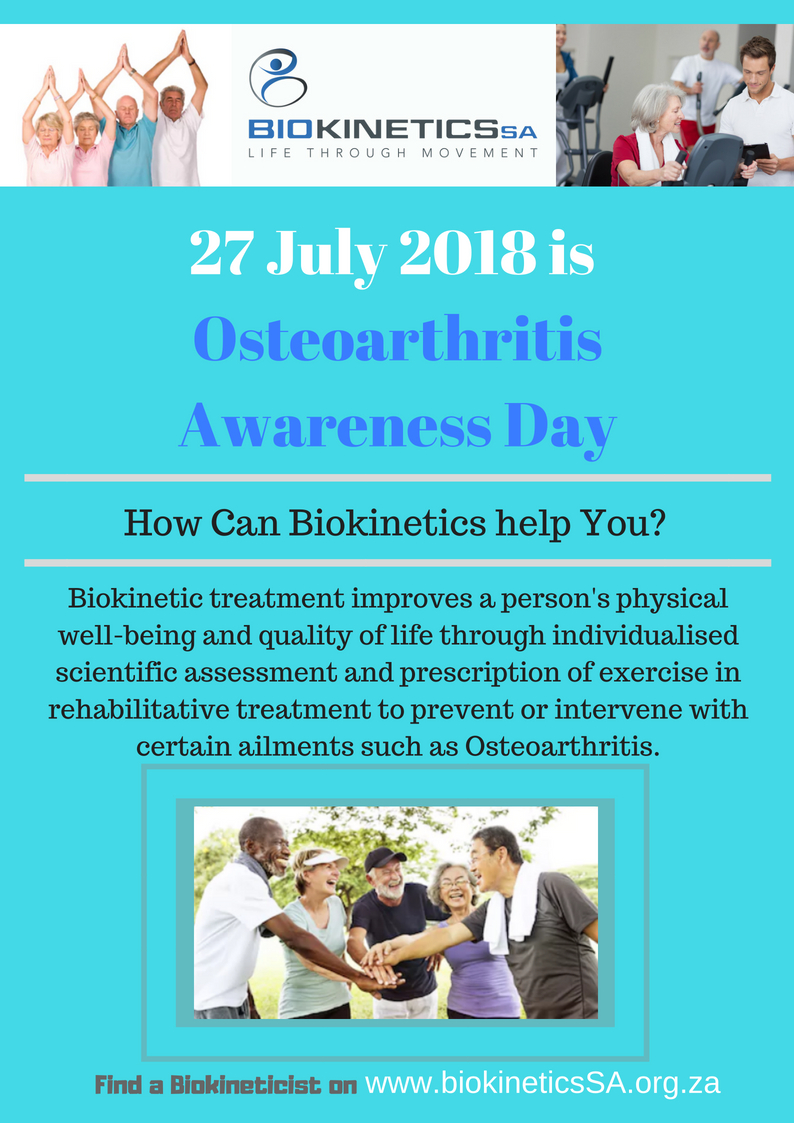Diabetes is a fairly dreaded word, as many
people just think of pricking and injecting oneself numerous times a day.
However, this is not always the case. Being World Diabetes Day today, as well
as Diabetes Awareness Week this week, I thought I would provide some insight
into this common, yet often misunderstood, condition.
What is Diabetes?
Diabetes is defined by ACSM as: “a chronic
metabolic disease characterized by an absolute or relative deficiency of
insulin that results in hyperglycaemia”. More simply put, diabetes is a
condition resulting in prolonged high blood glucose (sugar) levels, as a result
of little or no insulin production.
Various types of diabetes exist. I will
discuss the two most common types – type 1 and type 2 diabetes. The first
distinction to make is the difference between Type 1 and Type 2 diabetes
mellitus. Type 1, or insulin-dependent, diabetes is usually present from
a young age, although late onset type 1 diabetes may also occur later in life.
Type 1 diabetes is an autoimmune disease, in which there is destruction of the
beta cells in the pancreas – the cells responsible for producing insulin. The
result of this is a complete insulin deficiency; therefore, these people
immediately start insulin injections.
Type 2, or
non-insulin dependent, diabetes usually presents itself later in life and
occurs as a result of a combination of insulin resistance and decreased insulin
secretion by the pancreas. Various factors increase the risk for developing
type 2 diabetes. These include obesity (especially a large waist
circumference), physical inactivity, family history, smoking, high blood
pressure, high cholesterol, and stress. Individuals with type 2 diabetes
usually start with oral medication to improve insulin sensitivity and will
possibly start insulin injections later on if necessary, to accommodate for the
decreased insulin secretion. Thus, it is possible to have type 2 diabetes and
be insulin-dependent; this does not mean you have type 1 diabetes.
Why is exercise so important in managing
diabetes?
There are many complications associated
with diabetes, including cardiovascular (heart), renal (kidney), and
neuropathies (nerve system damage). Physical activity is essential in managing
these complications. Both type 1 and type 2 diabetes put individuals at
increased risk for heart disease. Therefore, exercise is important to reduce
the risk of heart disease, as has been discussed in previous blogs. Exercise
also improves insulin sensitivity and glucose tolerance, thereby decreasing
insulin requirements. Individuals with type 2 diabetes also often have high
blood pressure and high cholesterol and are often overweight. Exercise is
particularly important for these individuals to manage these conditions, as
well as to reduce body fat percent.
Individuals who are on insulin therapy
(injections) must be carefully monitored, especially when starting an exercise
programme, as they tend to respond very quickly to exercise. During exercise,
the body uses glucose as an energy source. Different types of insulin have
different peak onset times. If the insulin peaks at the same time as the
individual is exercising, then too much glucose may be used up, resulting in
the individual experiencing a hypoglycaemic incident – the glucose dropping too
low to keep the body functioning. The individual may faint and lose
consciousness. Usually, one will have other symptoms first, such as sweating,
shaking and nausea. Individuals will generally start to learn how their bodies
react to hypoglycaemia.
On the other hand, individuals with type 1
diabetes are at risk of developing ketoacidosis if they exercise with very high
sugar levels. If the blood glucose levels are not controlled and are too high,
then there is no glucose in the cells, which means that fat must be broken down
and used as an energy source. During this process, ketones, which are acids,
are produced. This causes the body to become acidic and a coma may result if
this state is prolonged.
An individual with diabetes will benefit
from any exercise regimen. It is recommended that these individuals do at least
150 minutes of aerobic activity per week, to reap the cardiovascular benefits
of exercise. They must also do light resistance training at least 2 to 3 times
per week to improve muscle strength, decrease body fat percent and increase
glucose metabolism. Stretching is also important to maintain flexibility and
joint mobility and to reduce stress.
So, if you have diabetes, don’t pretend it
is not there and that it can’t cause any harm because you don’t have any
visible symptoms. It is crucial to check your blood glucose levels regularly,
follow a healthy diet and exercise on a regular basis. When exercising, be
aware of how you are feeling and check your blood glucose levels whenever
necessary if you are not feeling quite right. Always have a snack or some fruit
juice nearby in case your glucose levels drop too low.
